Home>Furniture & Design>Bathroom Accessories>Why Is Water Trickling Into My Toilet Bowl
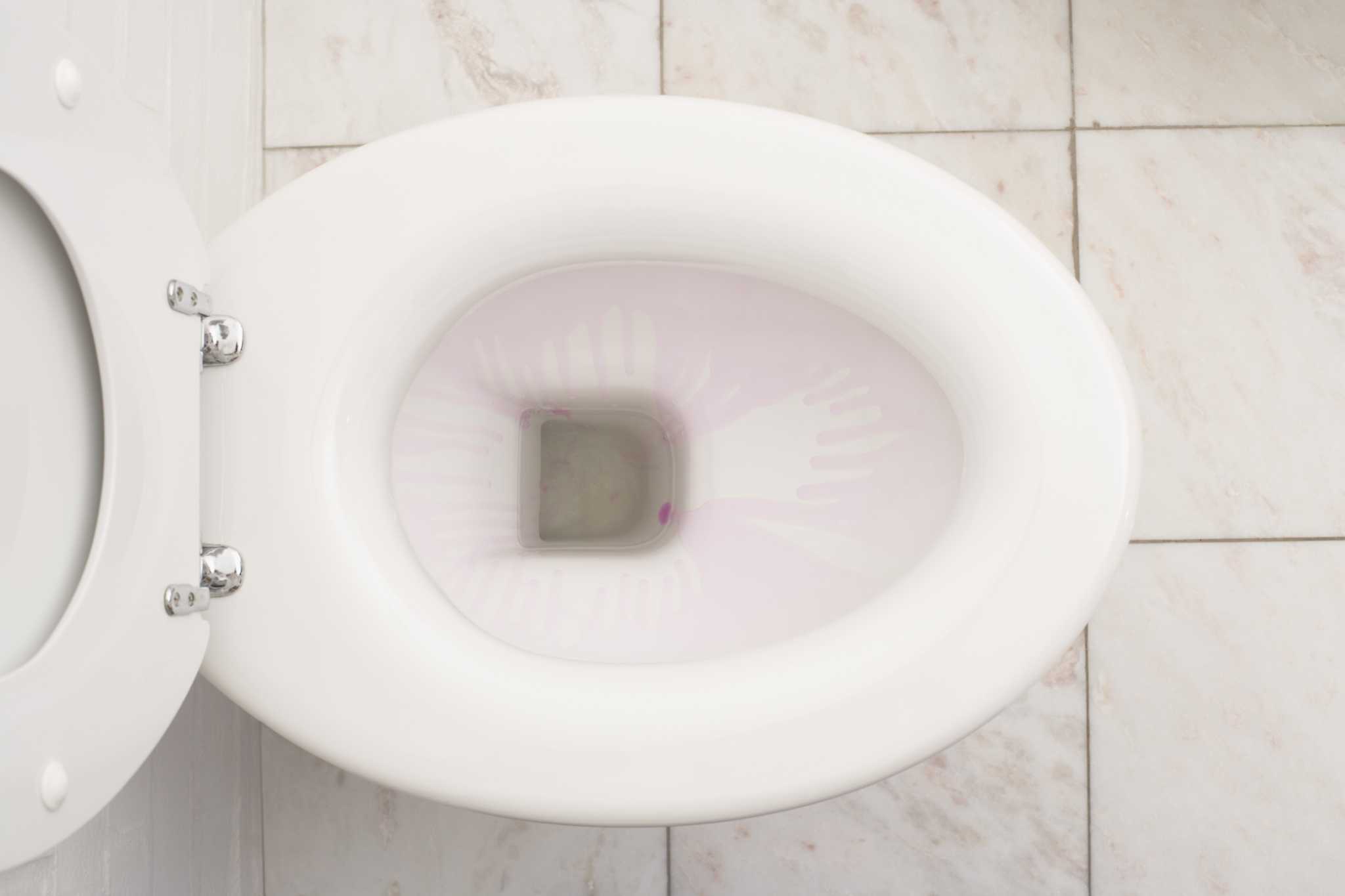

Bathroom Accessories
Why Is Water Trickling Into My Toilet Bowl
Modified: February 28, 2024
Discover the reasons for water trickling into your toilet bowl and find the best bathroom accessories to fix the issue. Explore effective solutions now!
(Many of the links in this article redirect to a specific reviewed product. Your purchase of these products through affiliate links helps to generate commission for Storables.com, at no extra cost. Learn more)
Common Causes of Water Trickling Into Toilet Bowl
Water trickling into the toilet bowl can be a frustrating and concerning issue for many homeowners. Understanding the common causes of this problem is crucial in addressing it effectively. Here are some of the typical reasons why water may be trickling into your toilet bowl:
-
Worn Out Flapper: The flapper is a rubber component that seals the flush valve opening. Over time, it can deteriorate or become misaligned, leading to water leakage into the bowl.
-
Faulty Fill Valve: The fill valve controls the water level in the tank after each flush. If it malfunctions, it may allow water to continuously flow into the overflow tube and subsequently into the bowl.
-
Mineral Buildup: Mineral deposits can accumulate on various components within the toilet, such as the flapper or the rim feed holes. This buildup can interfere with the proper functioning of these parts, causing water to trickle into the bowl.
-
Damaged Flush Valve: A damaged or worn-out flush valve can result in water seeping into the bowl. This component is responsible for releasing water from the tank into the bowl during a flush.
-
Faulty Flushing Mechanism: Issues with the flushing mechanism, such as a broken chain or a misaligned handle, can lead to incomplete or continuous flushing, causing water to trickle into the bowl.
-
High Water Pressure: Excessively high water pressure in the plumbing system can cause water to seep through the tank's components and into the bowl.
-
Cracked Tank or Bowl: A crack in the toilet tank or bowl can allow water to escape, leading to a continuous trickle into the bowl.
Understanding these common causes can help homeowners troubleshoot the issue and determine the appropriate course of action to rectify the problem. Identifying the source of the trickling water is the first step in resolving this frustrating issue.
Key Takeaways:
- Don’t ignore trickling water in your toilet bowl! It could be due to a worn-out flapper, faulty fill valve, or mineral buildup. Check and fix these issues to save water and prevent further damage.
- If DIY fixes don’t work, call a plumber for complex issues, persistent problems, structural damage, water pressure regulation, or upgrades. Professional help ensures long-term solutions for your toilet troubles.
Read more: Why Is There No Water In My Toilet Bowl
How to Identify the Source of the Trickling Water
Identifying the source of water trickling into your toilet bowl is essential for effectively addressing the issue. By systematically examining the various components of your toilet, you can pinpoint the specific cause of the problem. Here's a step-by-step guide to help you identify the source of the trickling water:
-
Visual Inspection: Begin by visually inspecting the toilet's interior components. Lift the tank lid and observe the flapper, fill valve, flush valve, and other parts for any visible signs of damage, misalignment, or mineral buildup. Look for cracks in the tank or bowl that may be allowing water to escape.
-
Dye Test: To check for a leaking flapper, add a few drops of food coloring or a dye tablet to the water in the tank. Wait for a few minutes without flushing. If the colored water seeps into the bowl without flushing, it indicates a faulty flapper that needs to be replaced.
-
Fill Valve Examination: Observe the fill valve to ensure it is shutting off properly after the tank refills. If water continues to flow into the overflow tube after the tank is full, the fill valve may be the source of the problem.
-
Flush Valve Inspection: Check the flush valve for any signs of damage or wear. Ensure that it seals properly after each flush and does not allow water to escape into the bowl when the tank is full.
-
Flushing Mechanism Assessment: Test the flushing mechanism by flushing the toilet and observing the handle, chain, and flapper in action. Ensure that the flapper lifts and seals correctly after flushing, preventing any residual water from trickling into the bowl.
-
Water Pressure Evaluation: Consider the water pressure in your plumbing system. High water pressure can put excessive stress on the toilet's components, leading to leaks and trickling water. If you suspect high water pressure, it may be beneficial to have a professional assess and adjust it.
By methodically examining these key areas, you can narrow down the source of the trickling water and determine the necessary steps to rectify the issue. Once you have identified the specific cause, you can proceed with the appropriate repairs or replacements to restore your toilet's proper functionality and prevent further water wastage.
Steps to Fix Water Trickling Into Toilet Bowl
Addressing the issue of water trickling into the toilet bowl requires a systematic approach to identify and rectify the underlying cause. Once the source of the problem has been determined, homeowners can take the following steps to effectively resolve the trickling water issue:
-
Replace the Flapper: If a worn-out or misaligned flapper is identified as the culprit, replacing it is a straightforward solution. Turn off the water supply to the toilet, flush to empty the tank, and remove the old flapper. Install a new flapper according to the manufacturer's instructions, ensuring a proper seal to prevent water leakage.
-
Adjust the Fill Valve: A faulty fill valve that allows water to continuously flow into the overflow tube can be adjusted or replaced. To adjust the fill valve, turn off the water supply, flush the toilet, and locate the adjustment screw on the fill valve. Follow the manufacturer's guidelines to adjust the water level to the recommended height. If the fill valve is irreparable, consider replacing it with a new one.
-
Clean Rim Feed Holes and Components: Mineral buildup in the rim feed holes or on the flapper can impede proper water flow and contribute to trickling water. Use a suitable cleaner or vinegar to dissolve mineral deposits and restore the functionality of these components. Ensure that the rim feed holes are clear to allow water to flow into the bowl efficiently.
-
Inspect and Replace the Flush Valve: If the flush valve is damaged or worn, it may need to be replaced to prevent water from seeping into the bowl. Turn off the water supply, flush to empty the tank, and remove the old flush valve. Install a new flush valve according to the manufacturer's instructions, ensuring a secure and watertight fit.
-
Repair the Flushing Mechanism: Address any issues with the flushing mechanism, such as a broken chain or misaligned handle, to ensure proper flushing and sealing of the flapper. Adjust or replace the flushing mechanism components as needed to restore smooth and complete flushing action.
-
Consider Water Pressure Regulation: If high water pressure is identified as a contributing factor, consider installing a pressure regulator or reducing the overall water pressure in the plumbing system. This can alleviate stress on the toilet's components and prevent water from seeping into the bowl.
By following these steps and addressing the specific cause of the trickling water, homeowners can effectively resolve the issue and restore their toilet's proper functionality. Regular maintenance and prompt attention to any signs of water leakage can help prevent future occurrences of water trickling into the toilet bowl, ensuring efficient water usage and a well-maintained plumbing system.
When to Call a Professional Plumber
While many instances of water trickling into the toilet bowl can be resolved through DIY troubleshooting and repairs, there are certain scenarios where the expertise of a professional plumber is warranted. Recognizing when to call a professional can prevent potential complications and ensure that the underlying issues are effectively addressed. Here are the situations in which homeowners should consider seeking the assistance of a qualified plumber:
Complex Plumbing System Issues
If the cause of the water trickling into the toilet bowl extends beyond the visible components of the toilet, such as damaged or clogged sewer lines, it is advisable to enlist the expertise of a professional plumber. Complex plumbing system issues require specialized knowledge and equipment to diagnose and resolve effectively. A plumber can conduct a thorough assessment of the entire plumbing system to identify any underlying issues contributing to the toilet bowl water trickling problem.
Read more: Why Is My Toilet Bowl Not Holding Water
Persistent or Recurring Problems
When DIY repairs fail to resolve the issue of water trickling into the toilet bowl, or if the problem recurs shortly after attempted fixes, it may indicate a more intricate underlying cause. Persistent or recurring problems often signify that there are hidden issues within the toilet's internal mechanisms or the plumbing system that require professional attention. A plumber can conduct a comprehensive evaluation to pinpoint the root cause and implement lasting solutions to prevent further recurrence.
Structural Damage or Leakage
If visual inspections reveal cracks in the toilet tank or bowl, or if there are signs of water leakage around the base of the toilet, it is crucial to engage a professional plumber promptly. Structural damage to the toilet or indications of water leakage can have broader implications for the overall plumbing system and may necessitate professional repairs or replacements. A plumber can assess the extent of the damage and execute the necessary repairs to restore the integrity of the toilet and prevent further water wastage.
Water Pressure Regulation
In cases where high water pressure is suspected as a contributing factor to the water trickling issue, consulting a professional plumber is beneficial. A plumber can measure and regulate the water pressure in the plumbing system, ensuring that it is within the optimal range to prevent stress on the toilet's components and potential water leakage. By addressing water pressure concerns, a plumber can safeguard the longevity and functionality of the entire plumbing system.
Upgrading or Retrofitting
When homeowners consider upgrading their toilet to a more water-efficient model or retrofitting existing fixtures with modern components, a professional plumber's expertise is invaluable. From recommending and installing water-saving toilet models to retrofitting fill valves and flappers for improved efficiency, a plumber can provide tailored solutions to enhance water conservation and optimize the toilet's performance.
In these scenarios, involving a professional plumber can provide homeowners with peace of mind, efficient solutions, and long-term benefits for their plumbing system. By recognizing the limitations of DIY approaches and seeking professional assistance when necessary, homeowners can ensure the optimal functionality and sustainability of their toilet and plumbing infrastructure.
Frequently Asked Questions about Why Is Water Trickling Into My Toilet Bowl
Was this page helpful?
At Storables.com, we guarantee accurate and reliable information. Our content, validated by Expert Board Contributors, is crafted following stringent Editorial Policies. We're committed to providing you with well-researched, expert-backed insights for all your informational needs.
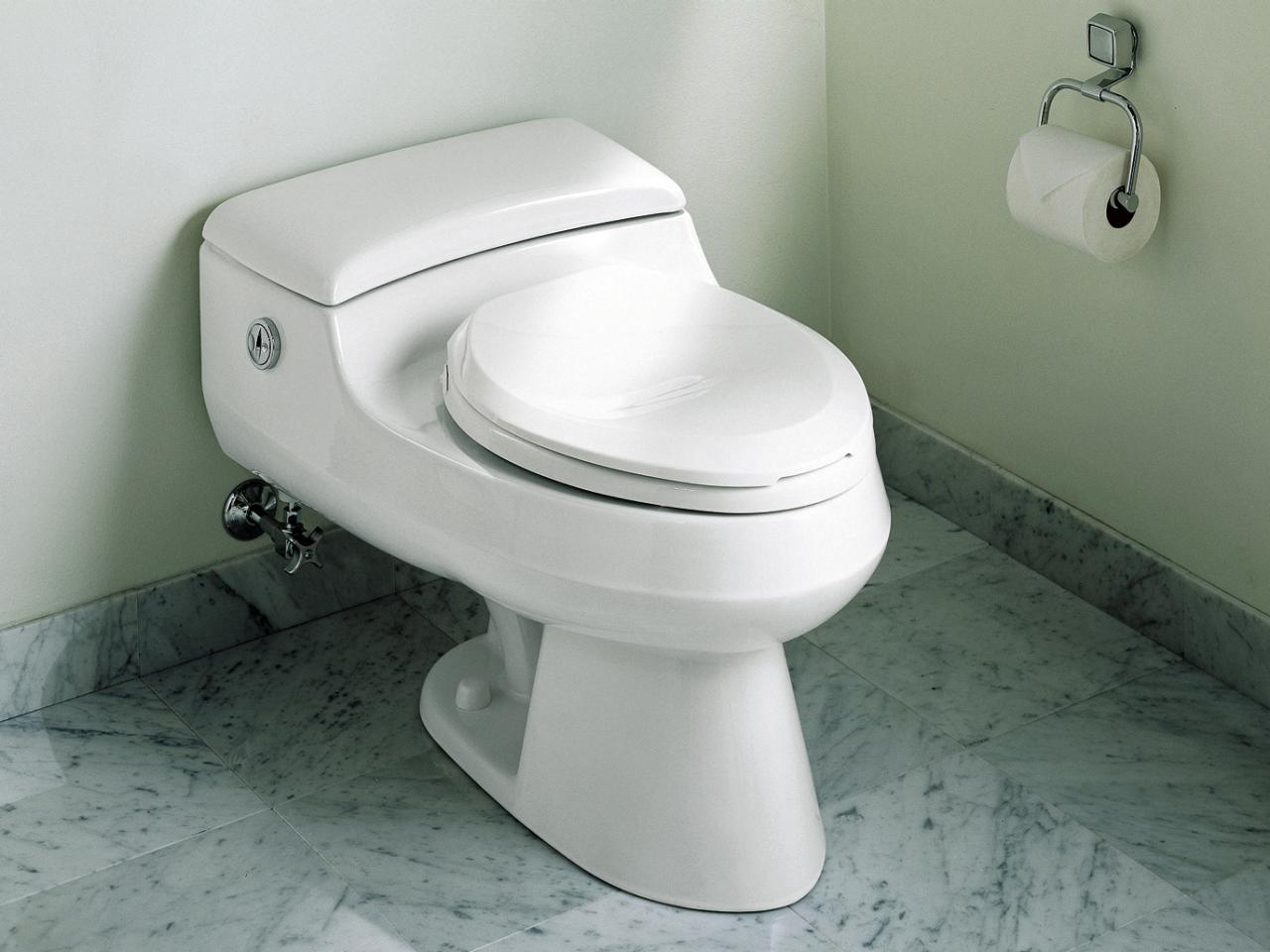
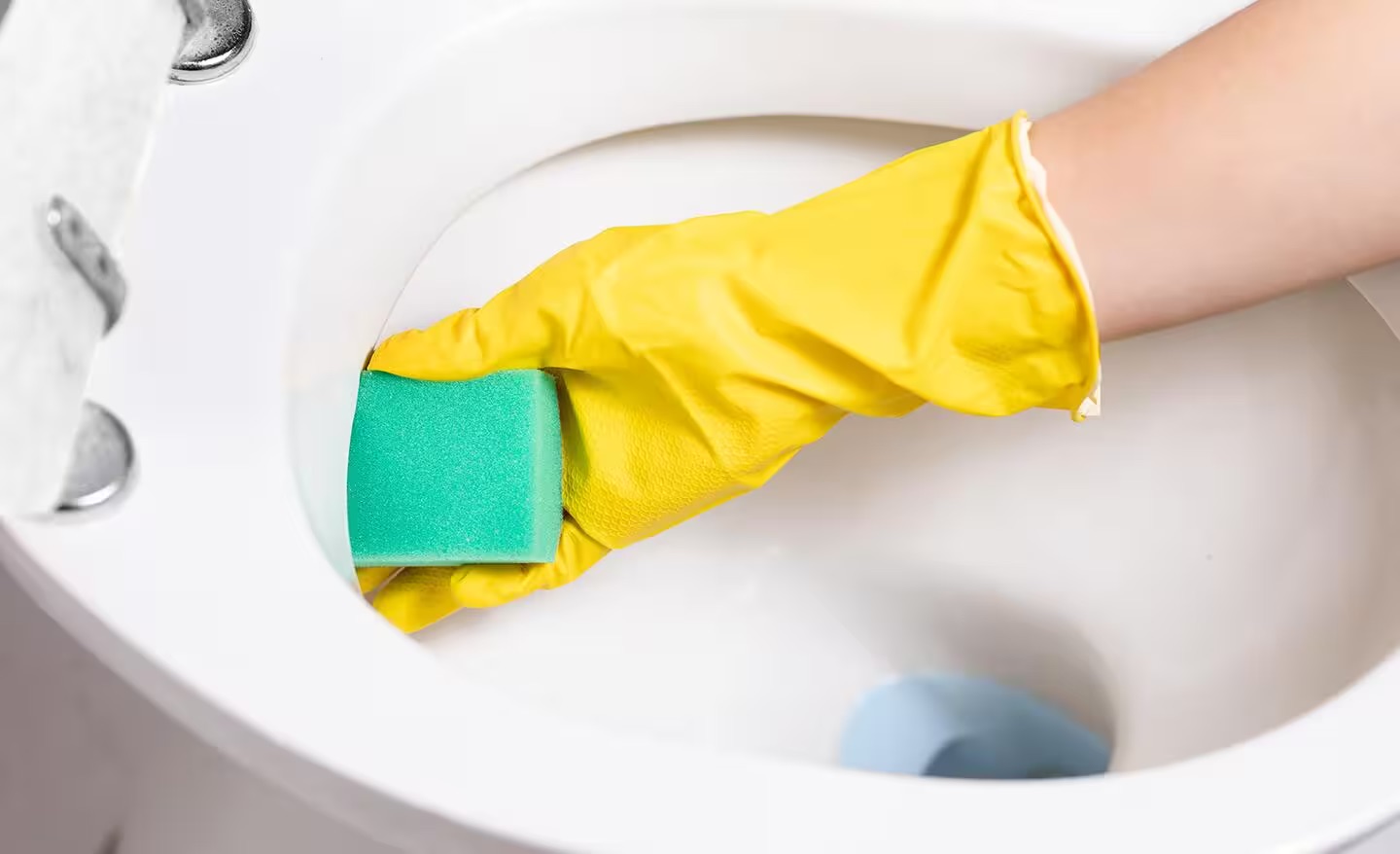
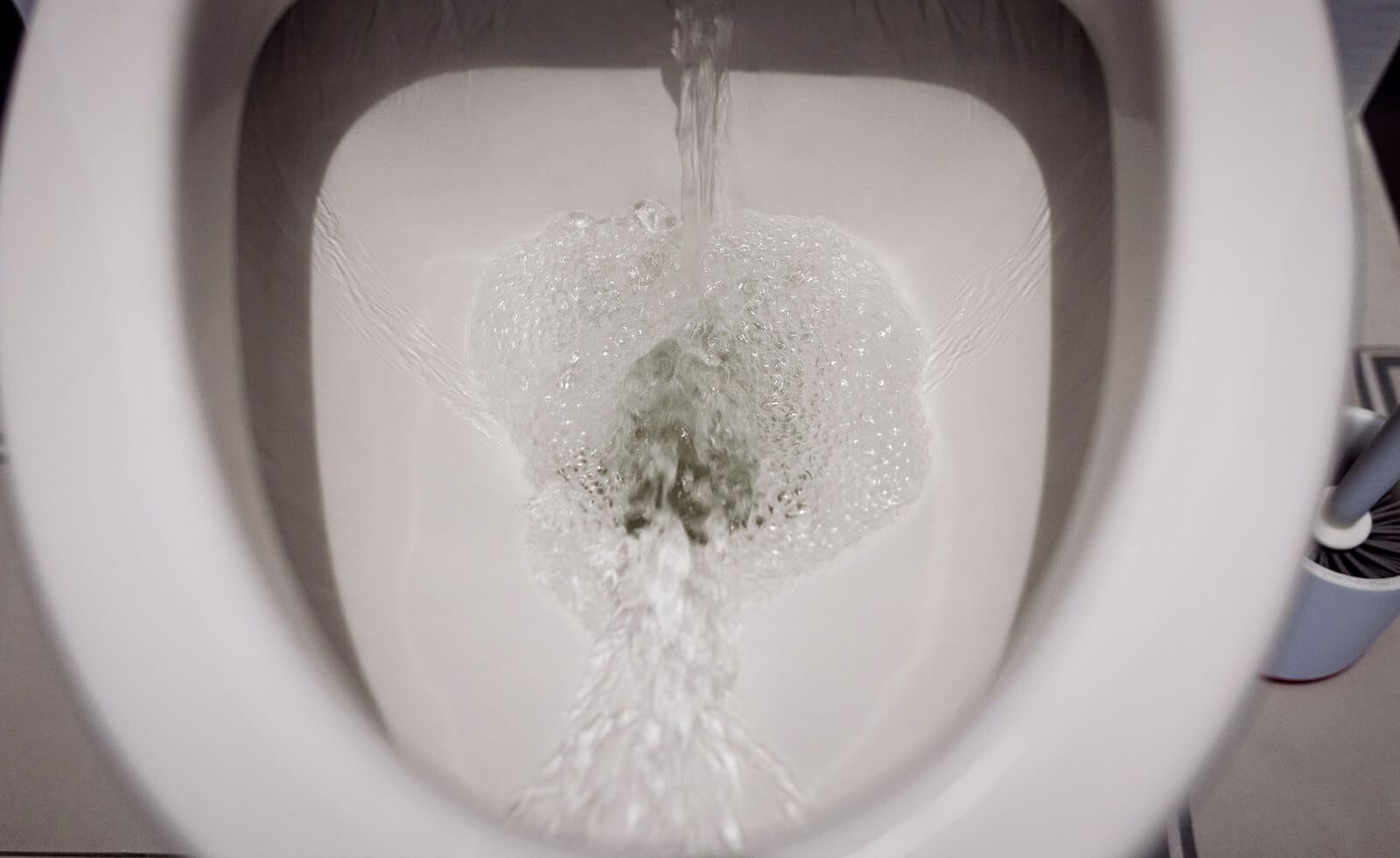
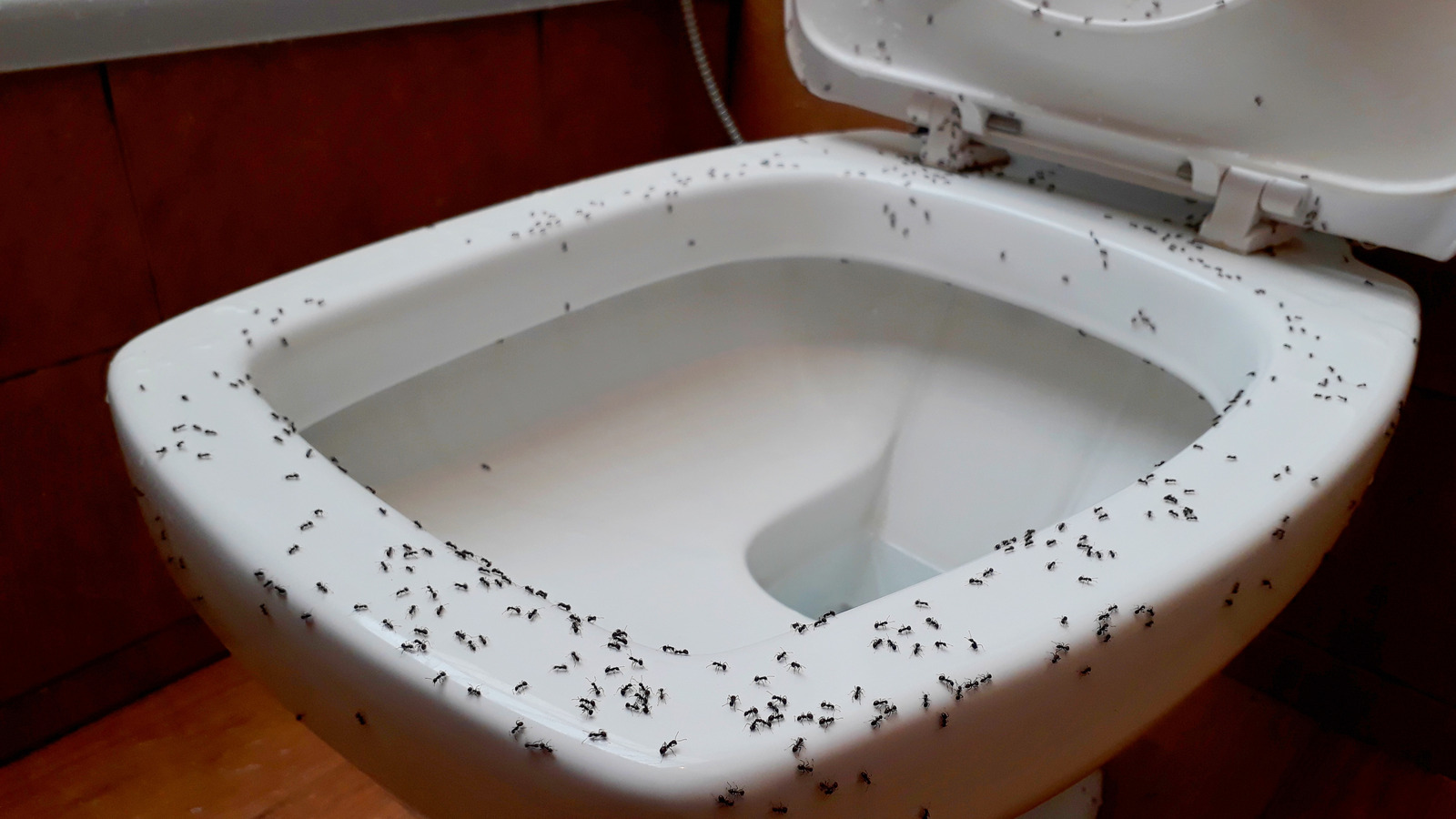
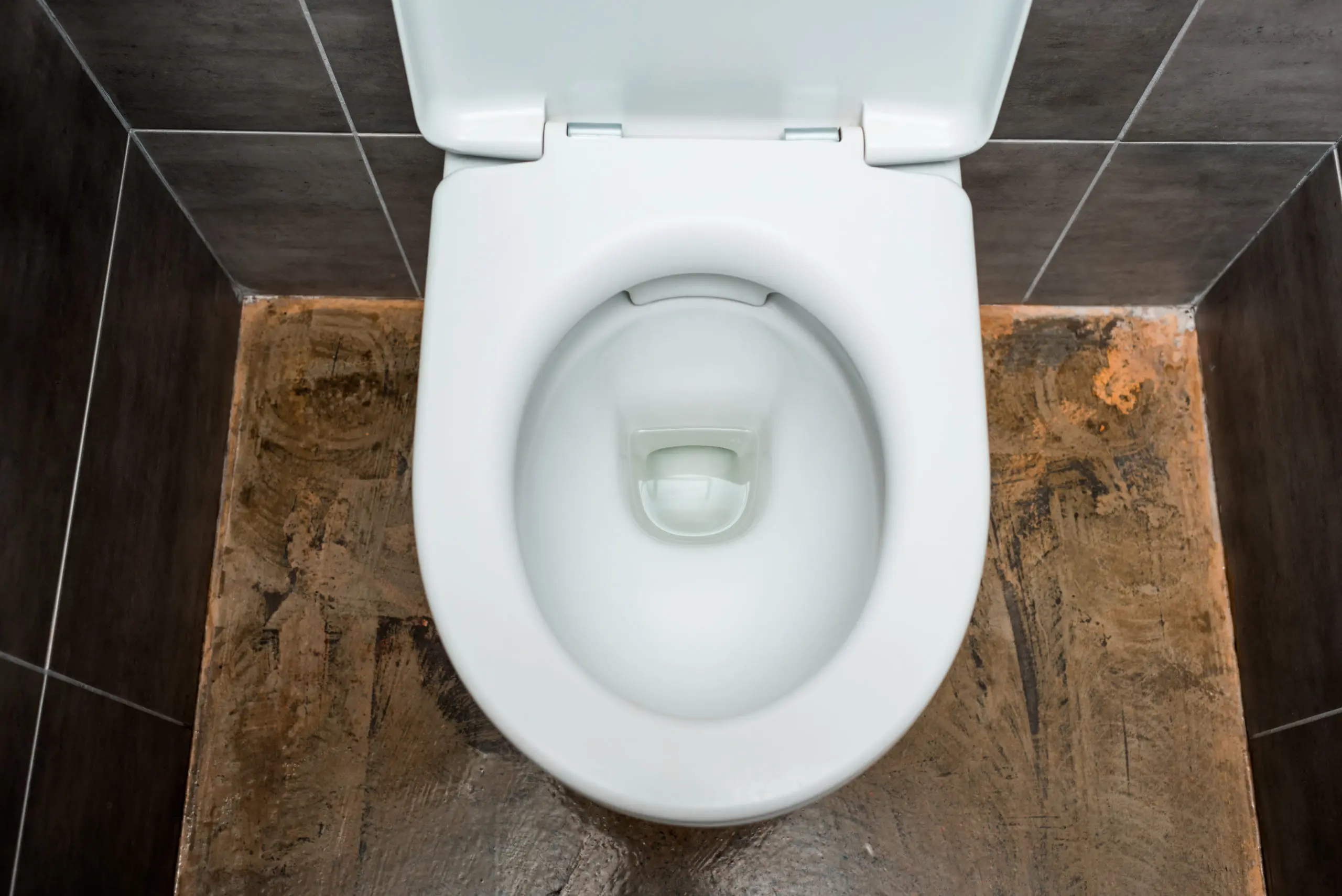
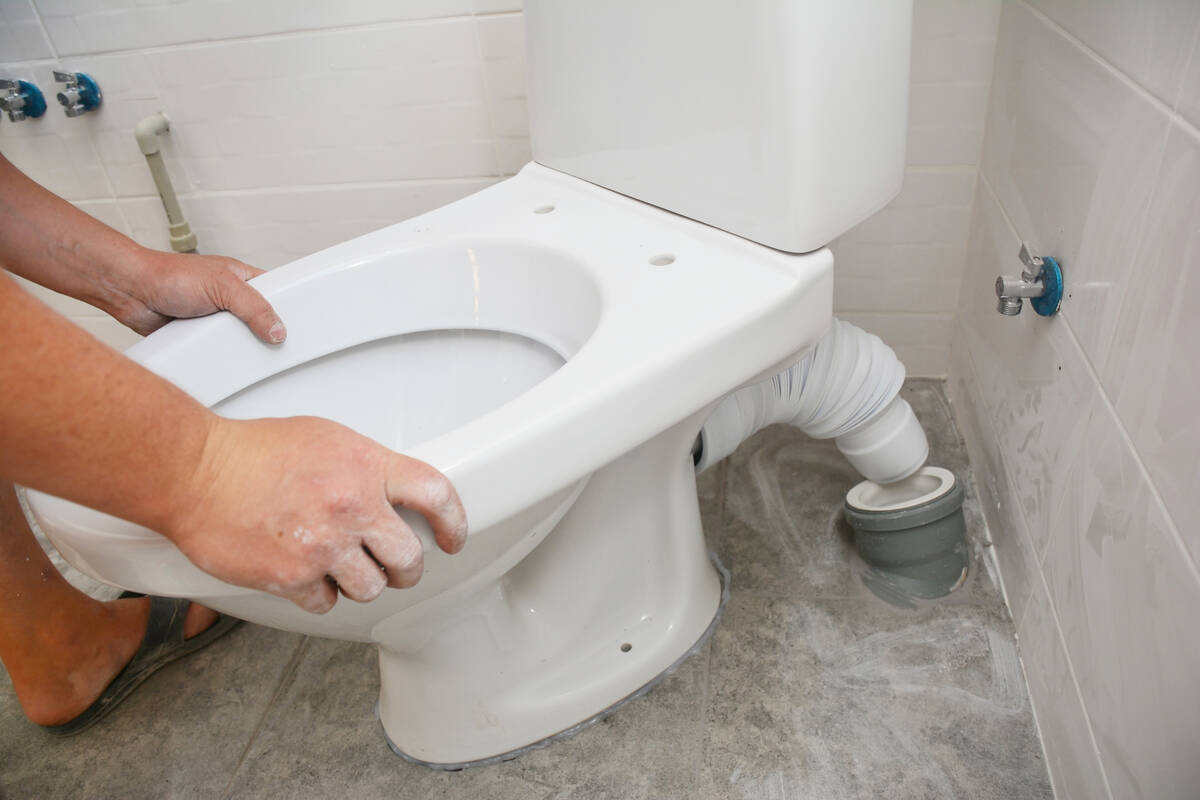
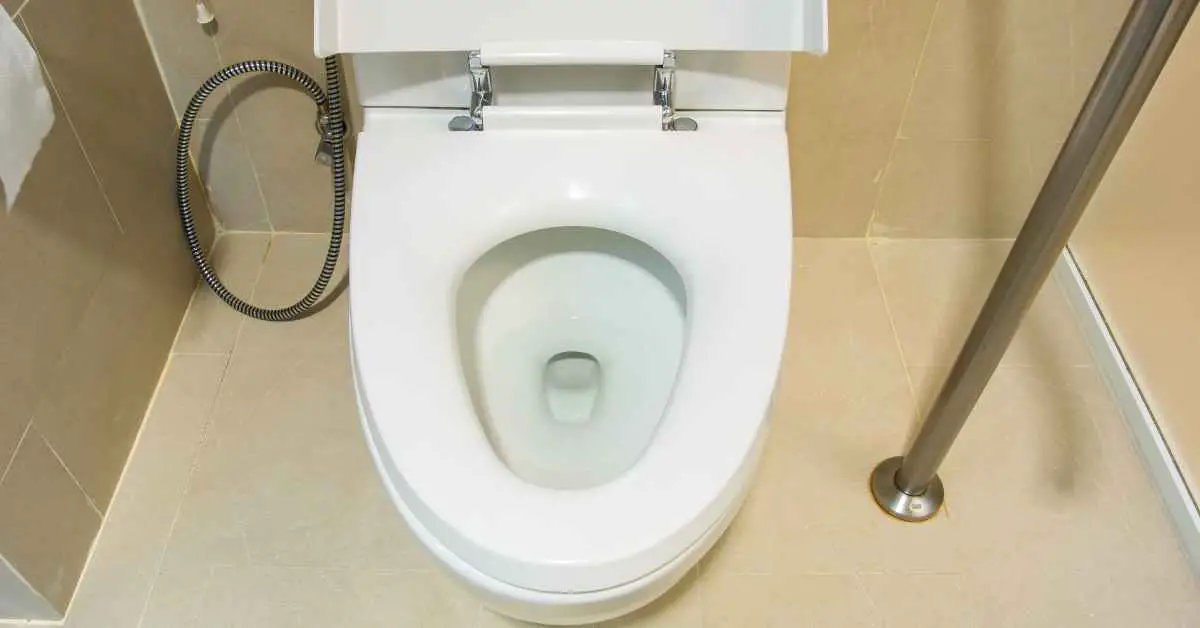
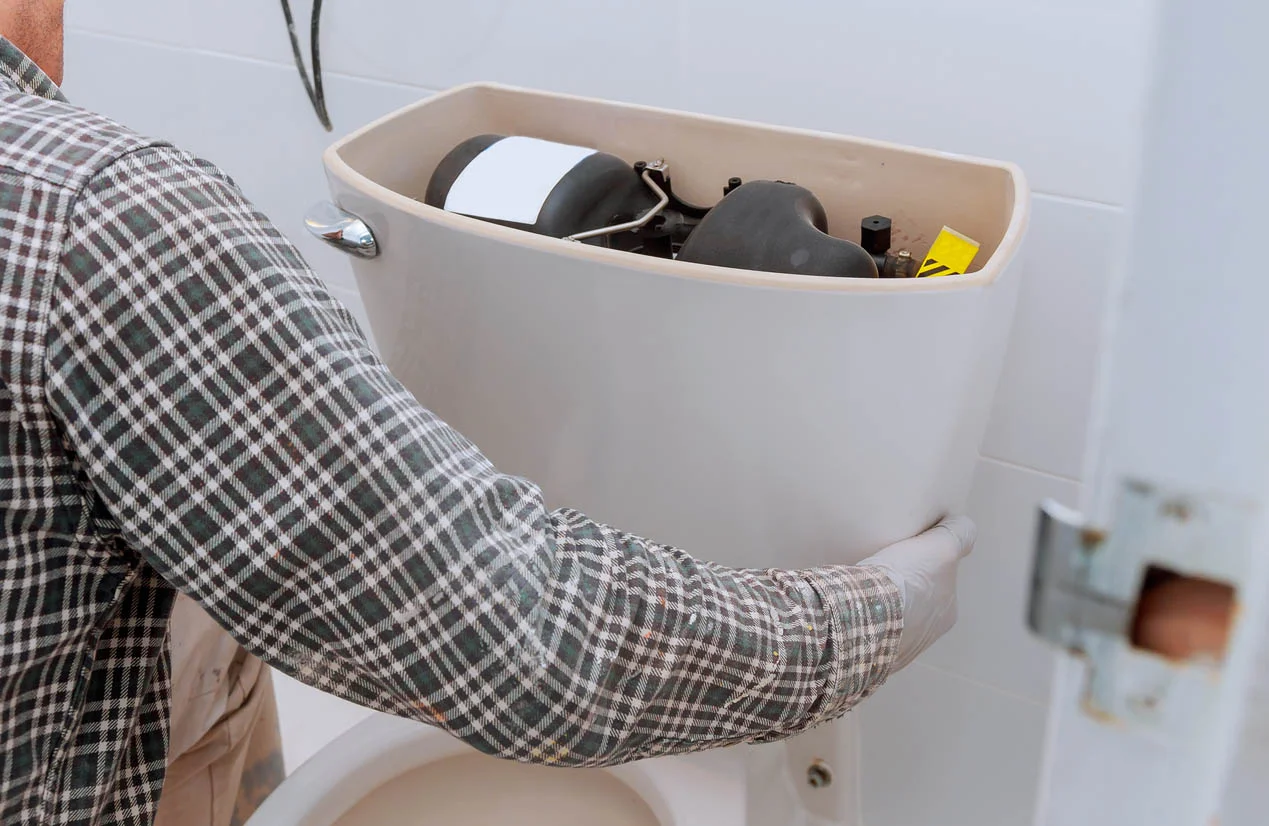
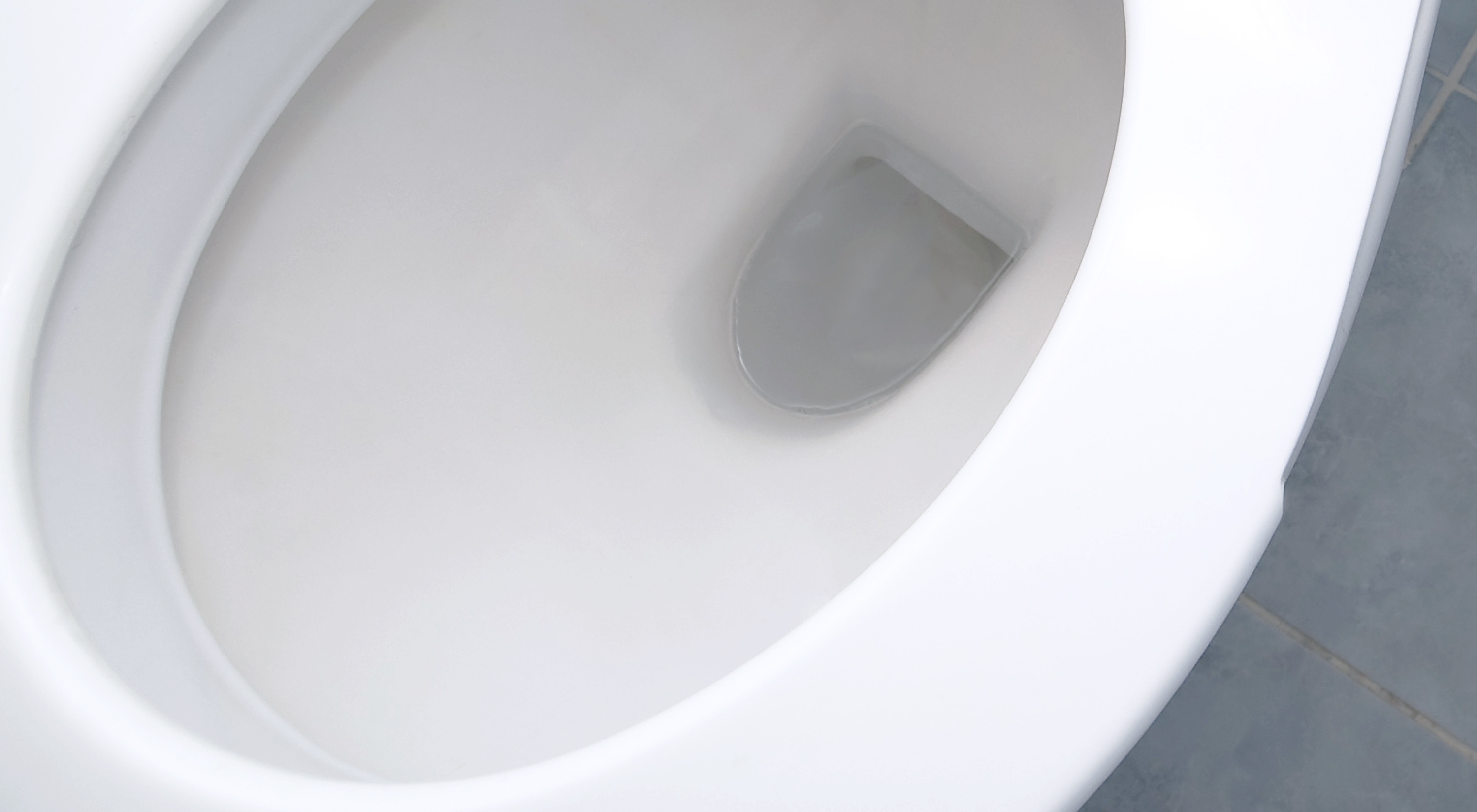
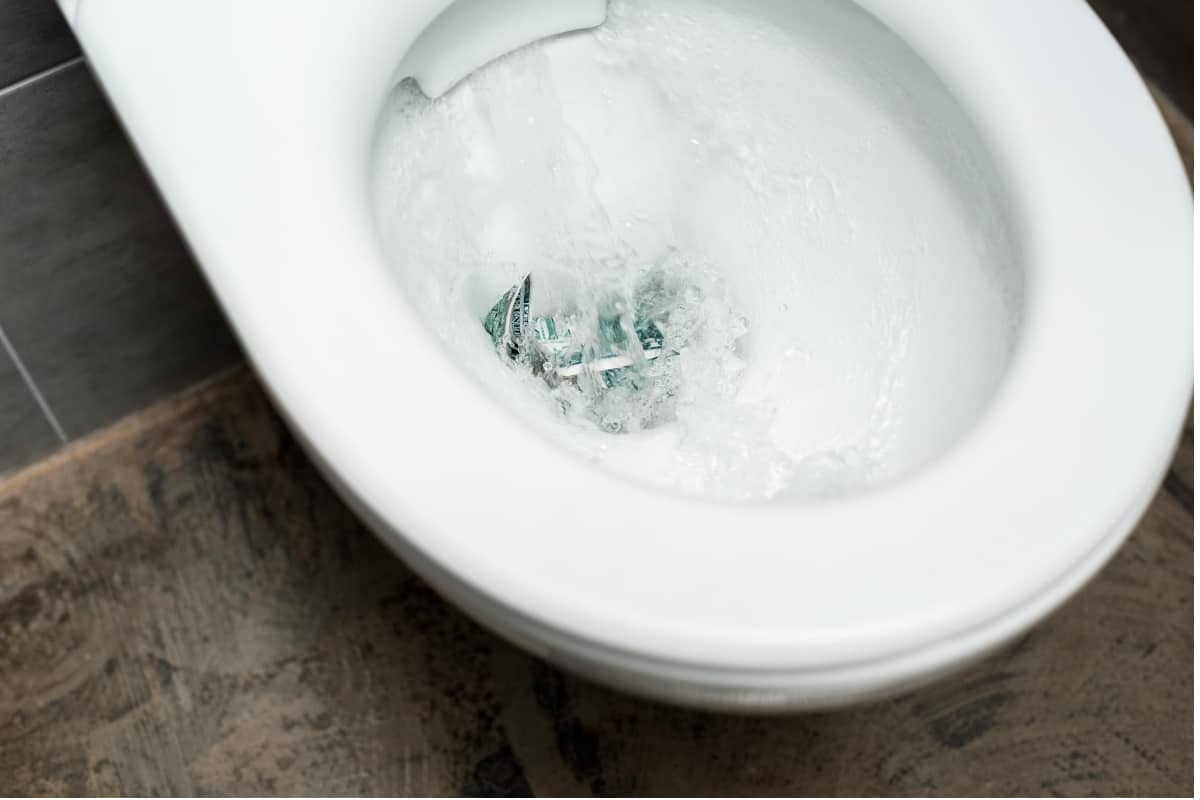
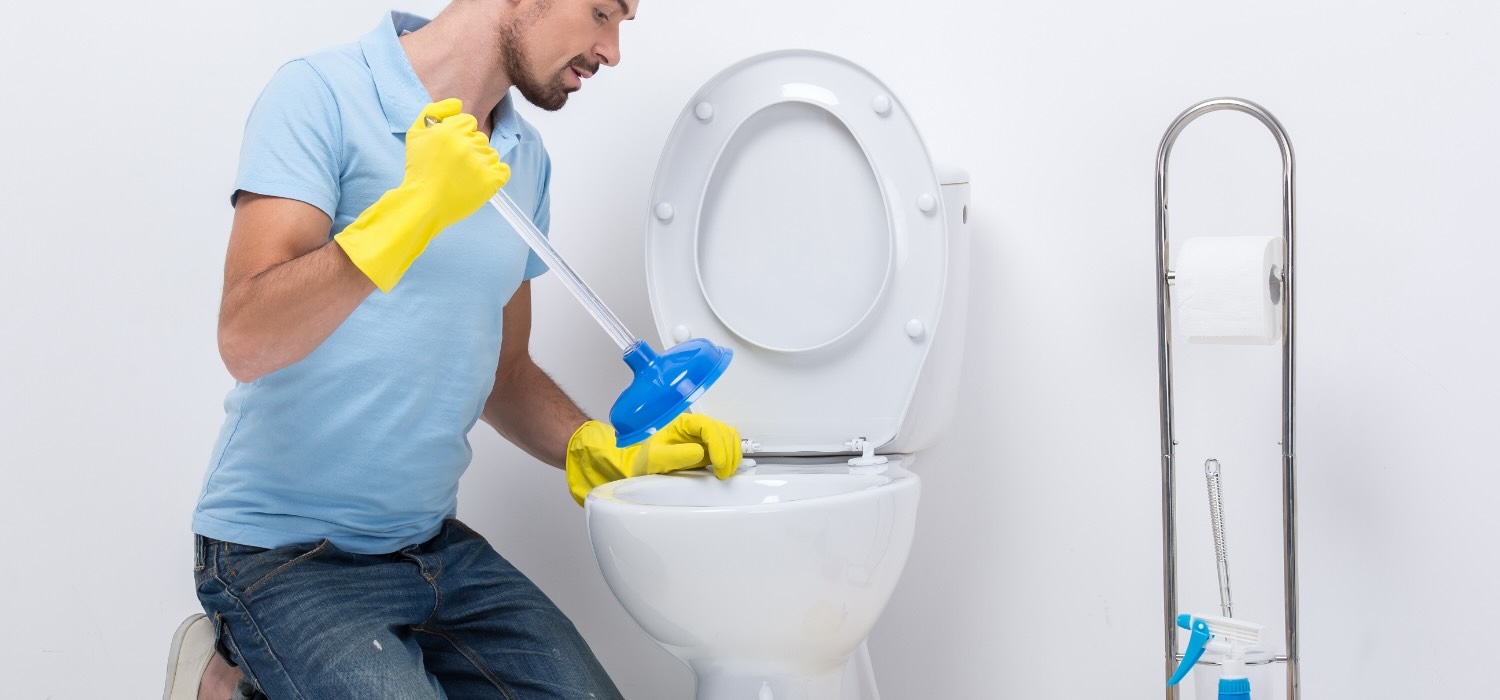
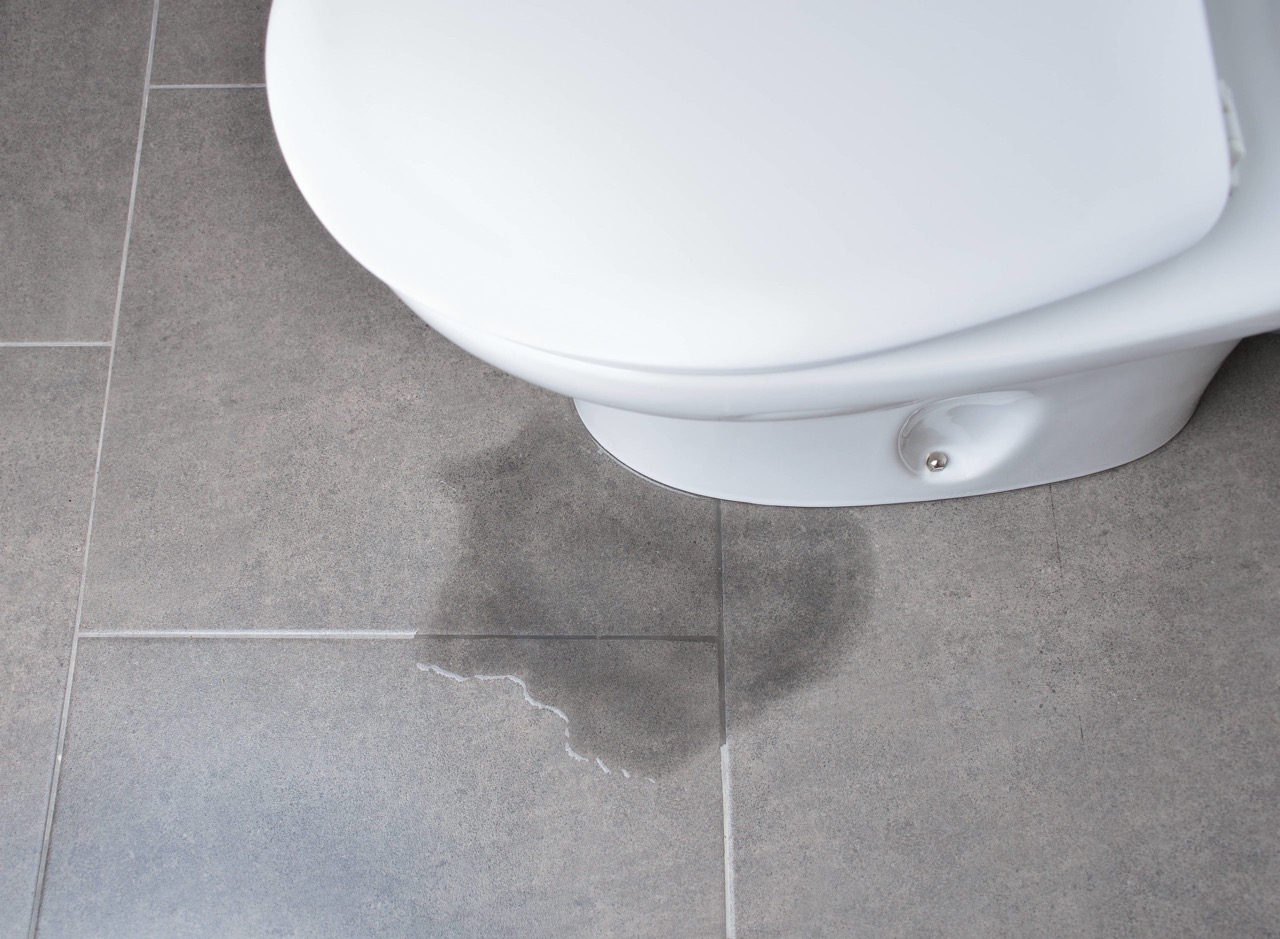
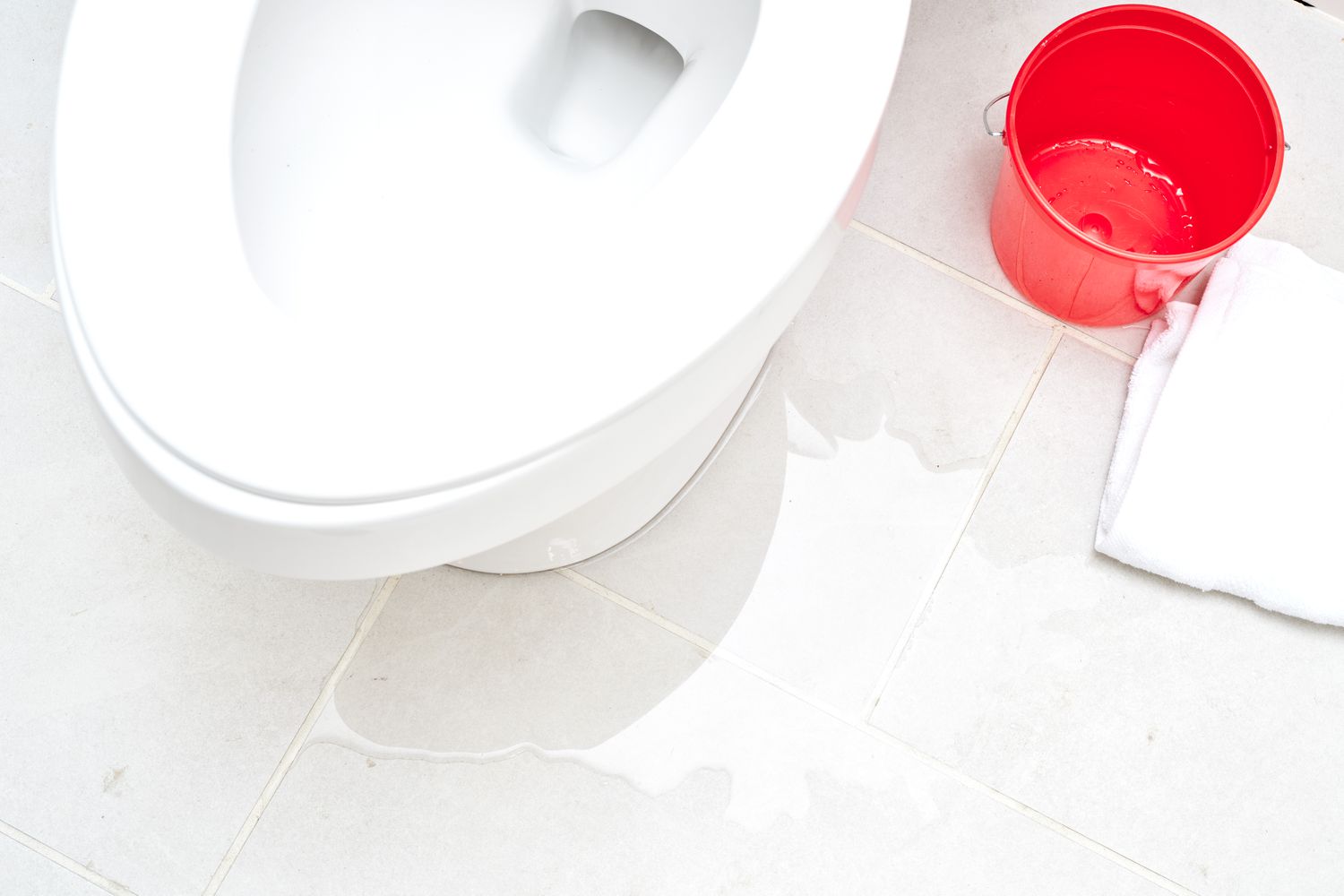
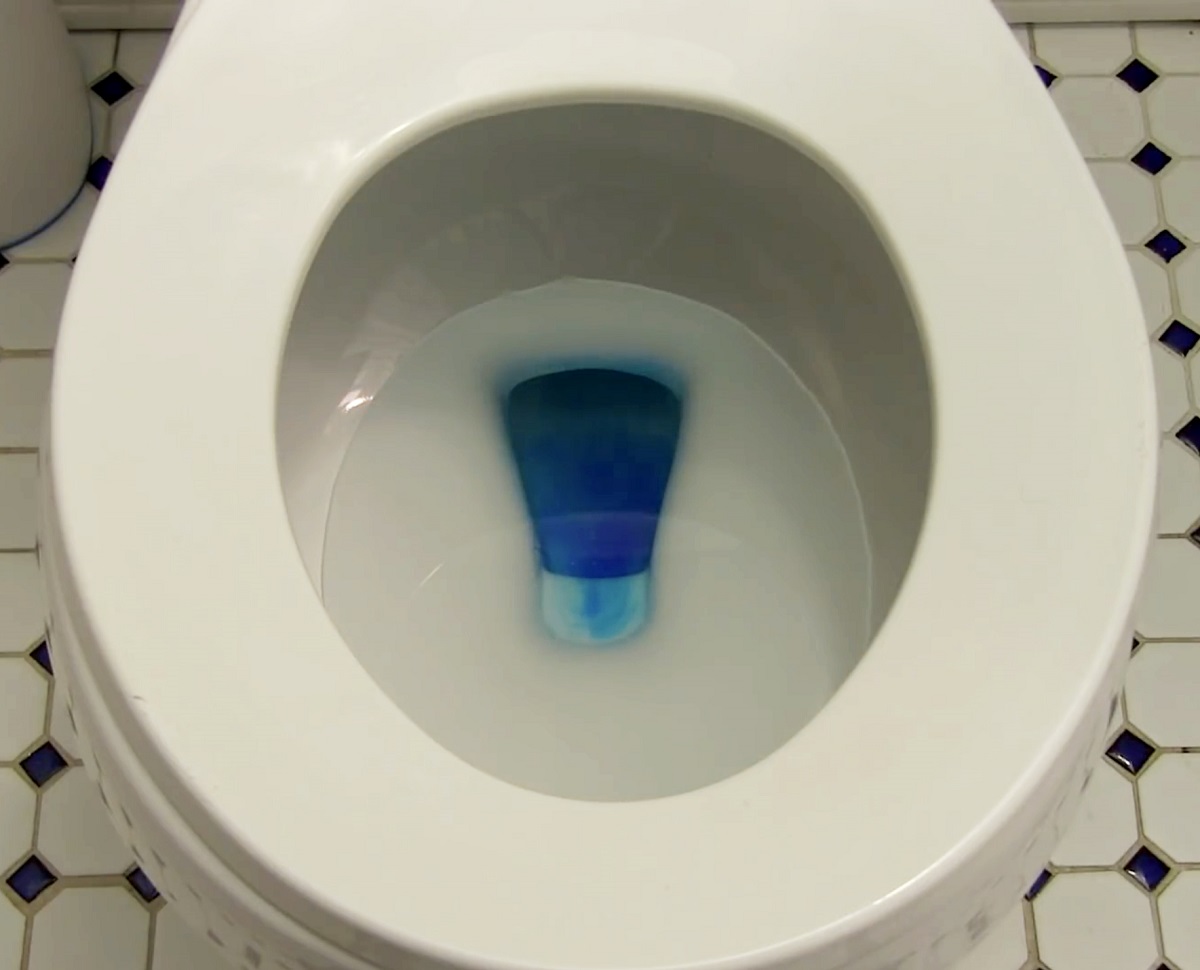

0 thoughts on “Why Is Water Trickling Into My Toilet Bowl”